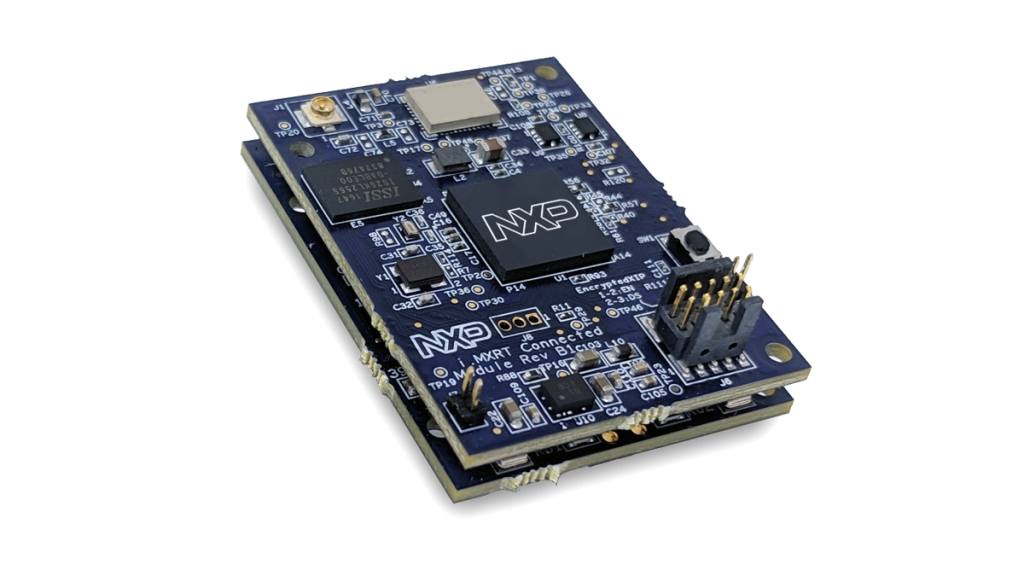
NXP’s MCU-based solution for Amazon’s Alexa Voice Service (AVS) leverages the i.MX RT crossover processor, enabling developers to quickly and easily add Alexa voice assistant capabilities to their products. This ultra-small form-factor, turnkey hardware design comes completely integrated with Amazon qualified software for an out of the box AVS experience.
NXP’s production-ready solution is a time-and-cost-effective way for OEMs to build Alexa into their products. It’s fantastic to see NXP create another solution that simplifies the integration process and enables device makers to bring Alexa built-in products to market even faster. — Priya Abani, AVS Director
In terms of hardware, the i.MX RT 106A Crossover MCU features an Arm Cortex-M7 processor (1Mb of SRAM, 32K I-cache/D-cache, FPU) which supports the microphone (supports 3X MEMS microphones, 2X external digital microphones) and processing , a TFA9894D Class-D Amplifier, 8-/16-bit Parallel Camera Interface, Bluetooth/BLE 4.1, and an (optional) A71CH secure element to handle end-to-end security. The board also sports a secure interface JTAG, PLL OSC, eDMA, 4x Watch Dog, 6x GP Timer, 4x Quadrature ENC, 4x QuadTimer, 4x FlexPWM, and IOMUX.
The i.MX RT106A is a solution-specific member of the i.MX RT1060 family of crossover processors, targeting cloud-based embedded voice applications. It features NXP’s advanced implementation of the Arm® Cortex®-M7 core, which operates at speeds up to 600 MHz to provide high CPU performance and best real-time response. i.MX RT106A-based solution enables system designers to easily and inexpensively add voice control capabilities to a wide variety of smart appliances, smart home, smart retail, and smart industry devices.
More information can be found on NXP’s i.MX RT 106A MCU product page.







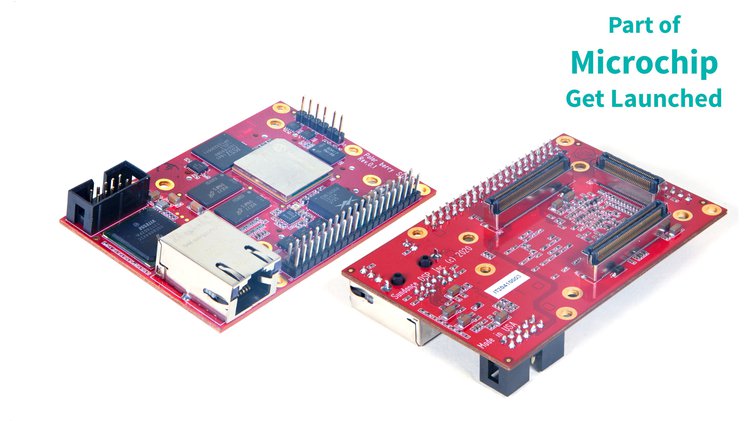
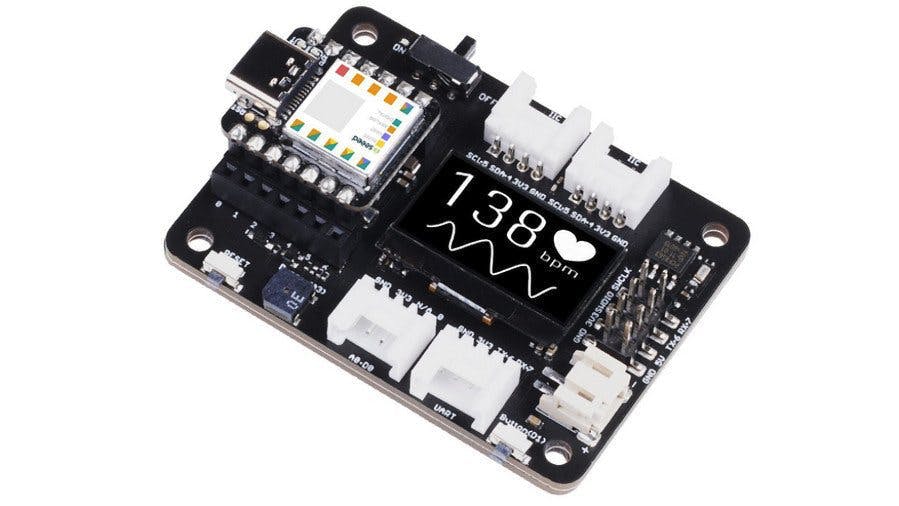
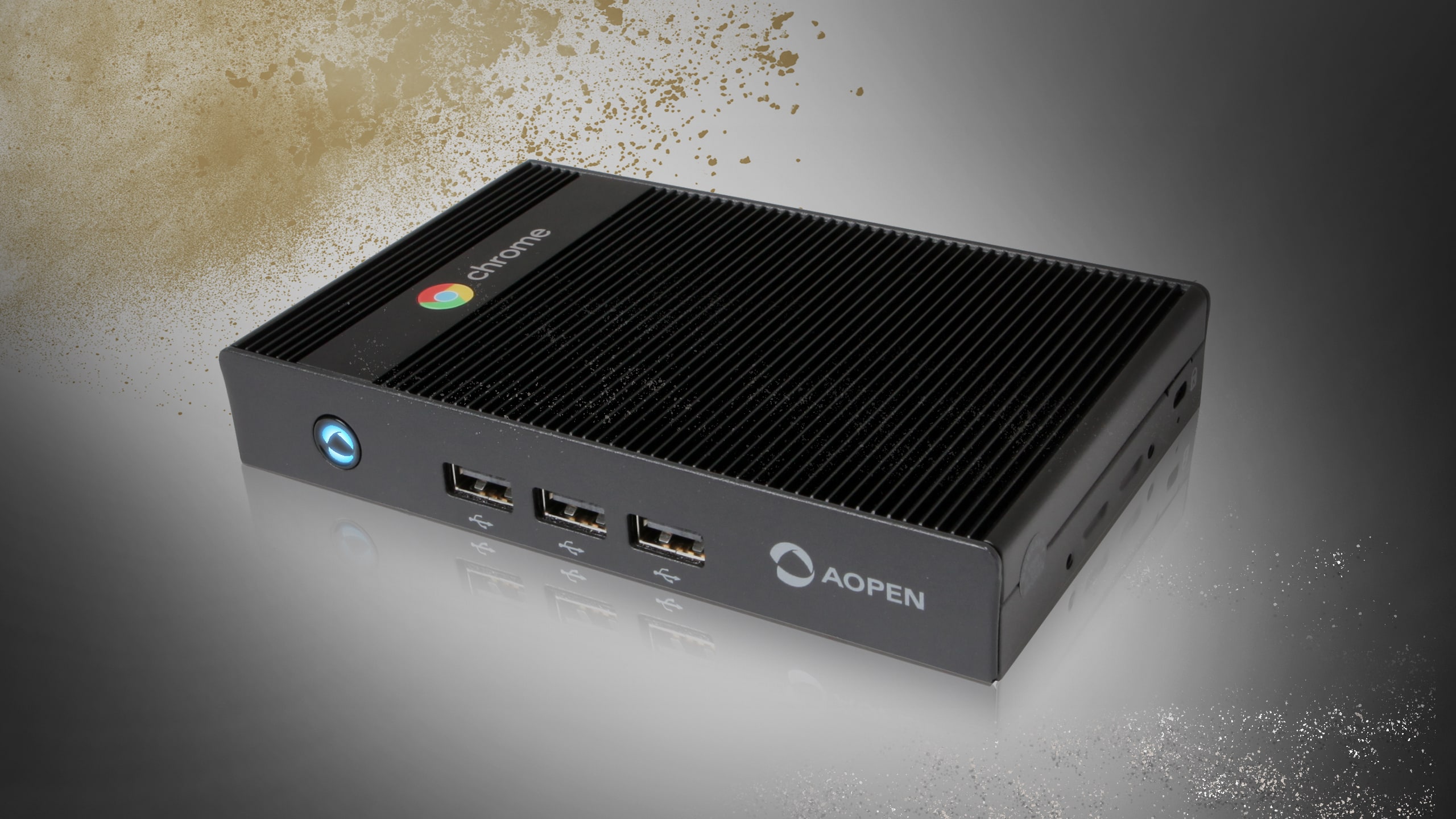
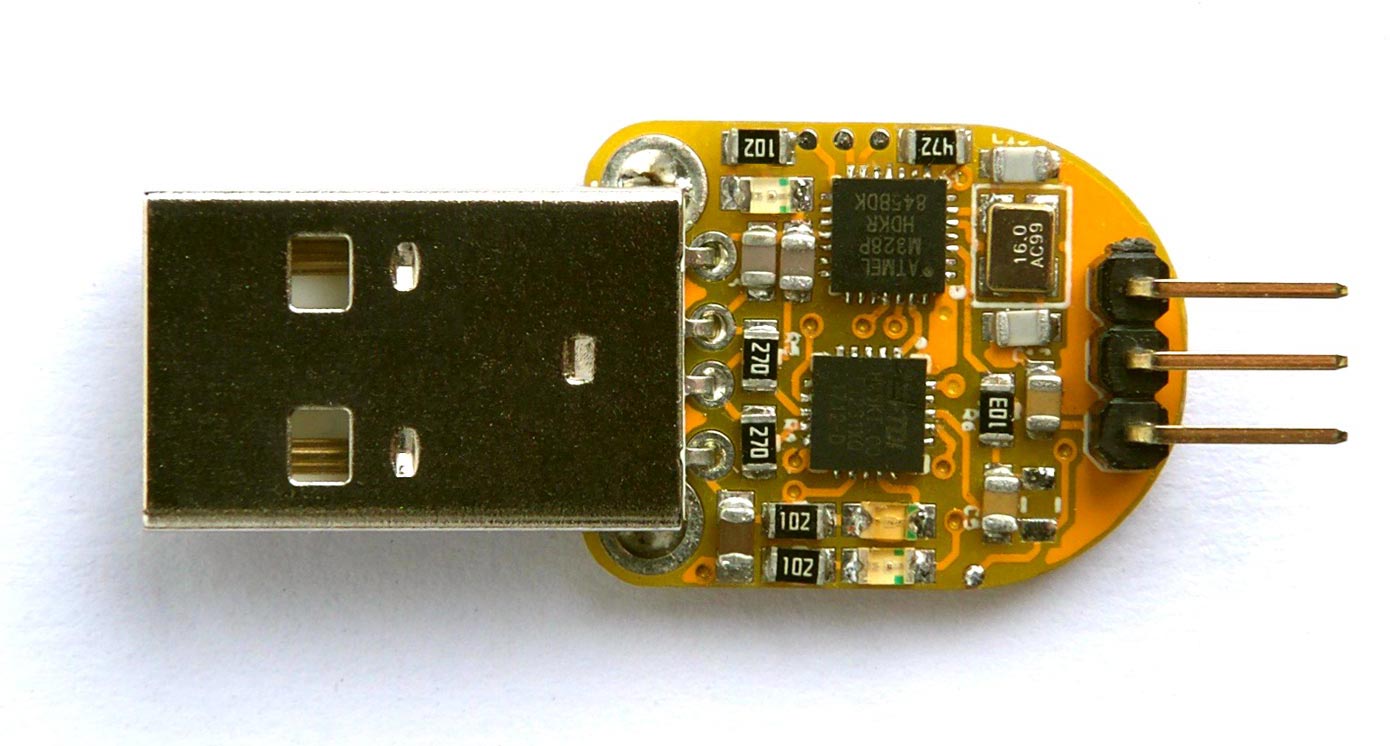
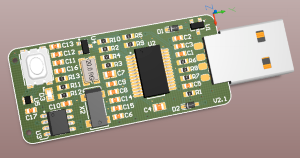





Hi Mike,
Just want to correct one mistake in this great article. The microphone support and processing is done in the RT106A and the TFA9894D is used purely for speaker control (class D amplifier). The beamforming is done in software on the RT106A which is the compelling part!
Again, great article Mike.
Danny Watson
Hi Danny,
Thanks for the corrections. We updated the article to be more accurate.
Best Regards,
Mike